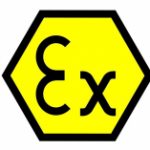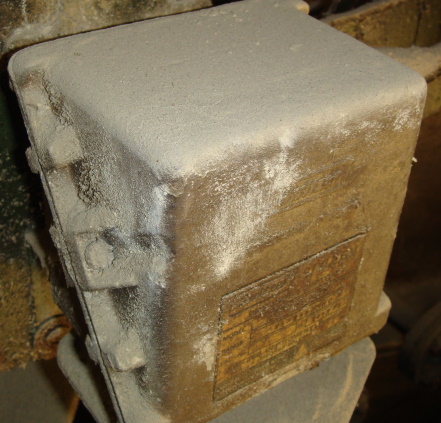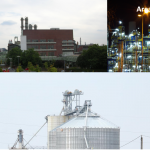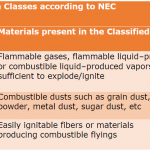We will understand ex zone meaning in this short introduction.
What are Ex Zones?
Many people refer to hazardous areas as Ex Zones. This is because only certified explosion protected equipment can be used in these areas. There are two main systems of classifying hazardous areas, one is the NEC (National Electrical Code) system that has Classes and Divisions and the IEC (International Electrotechnical Commission) system that uses Zones.
In the NEC system there are two Divisions (Division 1 and Division 2) and in the IEC system there are three Zones (Zone 0, Zone 1 and Zone 2 for gases/vapors and Zone 20, Zone 21 and Zone 22 for dusts).
Explosion protected equipment is generally labeled with the symbol Ex and hence the areas where these equipment is installed in colloquially called as Ex Zones.
Where can I learn more about Ex zone classification?
You can take the Abhisam Hazardous Area Classification training course. You will learn how to carry out an area classification, get an overview of the Area Classification standards such as NEC and IEC 60079 and also learn how to calculate the extent of these ex zones.
You can find a quick overview of area classification here.
What are Hazardous Areas?
Hazardous Areas are those parts of a plant or facility where the risk of explosion or fire or both, is higher than other areas of the plant due to the properties of materials handled, processed or stored there. Typical hazardous areas are found in oil refineries, chemical manufacturing plants, pharmaceutical manufacturing plants, oil storage terminals, oil and gas platforms, etc. However hazardous areas are also found in grain silos, coal mines, metals processing plant, sugar plants, milk powder plants and similar places where there is a risk of dust explosions. These areas should have only dust explosion protected equipment.
Hazardous areas are classified as per either the NEC system that has Classes and Divisions or as per the IEC system which has Zones. For example when you come across a hazardous area as being Class 1 Division 2, you immediately understand that it has been classified according to the NEC system.
What is Ex equipment?
The Ex symbol indicates that the equipment is explosion protected and can be used in hazardous areas.
However all Ex labeled equipment is not the same, due to the different techniques used for explosion protection and the degree of protection that is offered for different hazardous areas.
Different kinds of Ex equipment is allowed in different hazardous areas depending on the probability of encountering hazardous material mixtures, the nature of these materials and the maximum surface temperature that the equipment can generate.

Are all Ex equipment Explosion proof?
No. Explosionproof is just one of the many techniques that an explosion protected equipment may use. There are other techniques such as Increased Safety, Nonincendive, Intrinsic Safety, Pressurization and so on. Not all of these can be used in all ex zones. For example, explosionproof technique cannot be used in Ex Zone 0 equipment. Note that in the EU the rules are as per the ATEX Directives and they apply to not just electrical equipment but also to mechanical equipment, which are referred to as non-electrical equipment.
What are ATEX zones?
ATEX stands for “ATmosphere EXplosive” for the french word for hazardous areas and is applicable only in the European Union (EU) where it is in the form of directives. There are two ATEX Directives. The first one is regarding the responsibility of owners/operators who run manufacturing plants and other facilities where there are hazardous areas present. The second one applies to equipment manufacturers who will be supplying equipment to be installed and used in these hazardous areas. These hazardous areas are also referred to as ATEX Zones because they are based on the IEC 60079 Zones. ATEX zone classification is based on IEC 60079.



